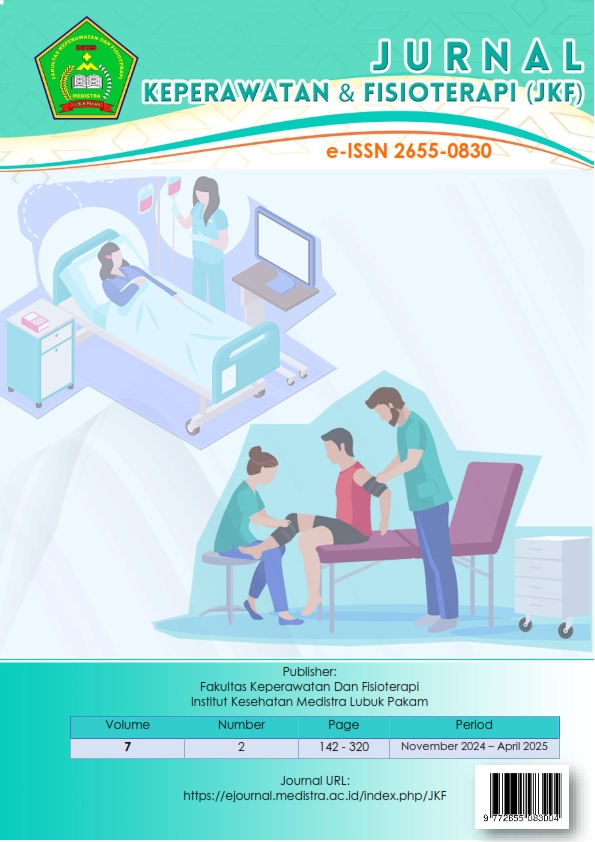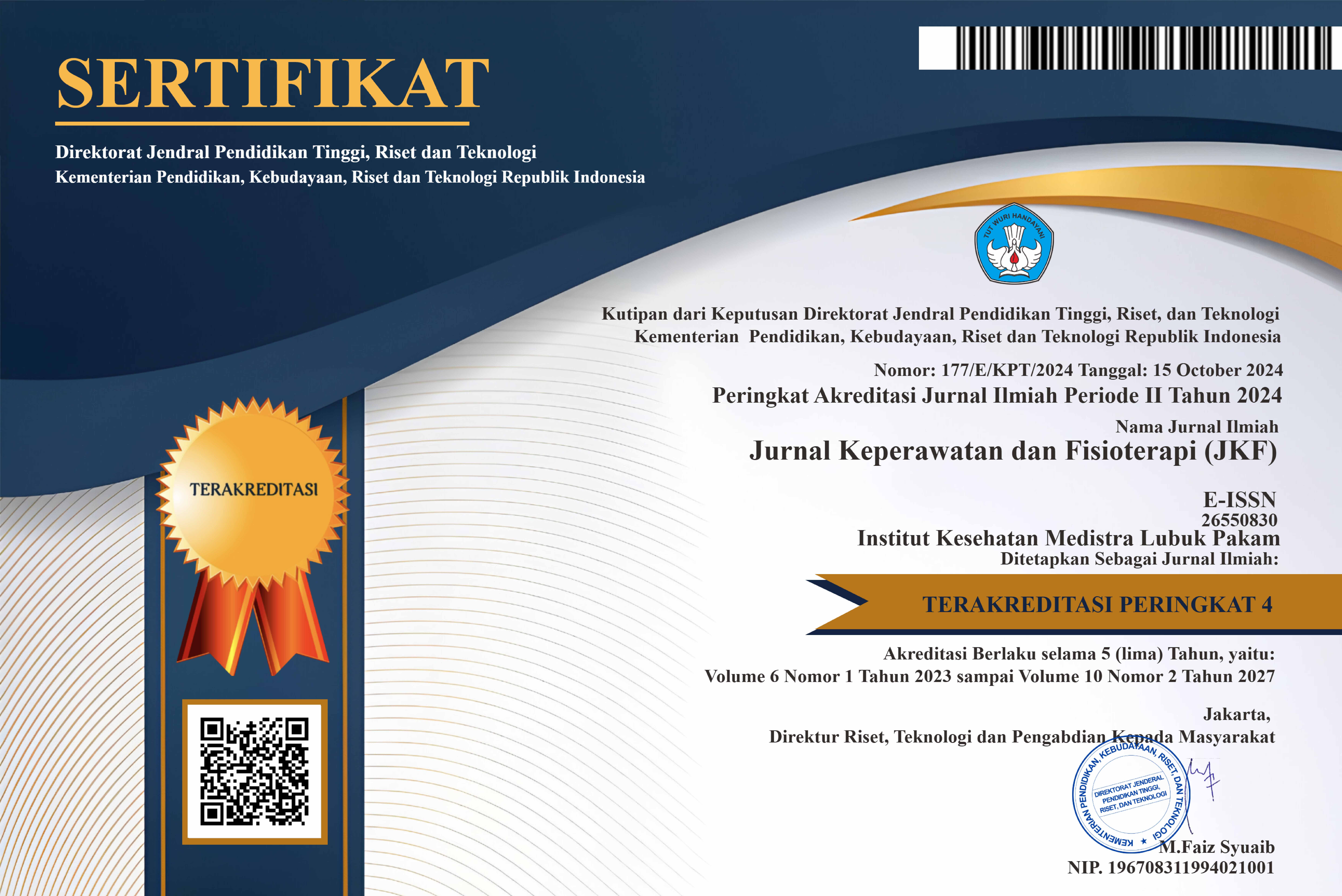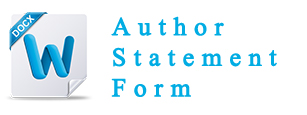Factors Associated with the Incidence of Obesity in Women of Childbearing Age at Bandar Khalifah Health Center
DOI:
https://doi.org/10.35451/jkf.v7i2.2648Keywords:
Factors, Obesity, Women of Childbearing AgeAbstract
Nutritional problems are one of the challenges in the field of public health in Indonesia, both related to malnutrition and excess nutrition. Changes in the era that drive economic progress also affect food consumption patterns, which ultimately contribute to the increase in obesity cases. Obesity is a significant health issue in the era of globalization and is defined as a condition in which there is an abnormal increase in body fat levels, as well as a decrease in muscle mass, quality, and strength. Women of childbearing age (WUS) are a group of women who are in the transition phase from late adolescence to early adulthood, marked by the onset of menstruation and the development of reproductive organs until reaching peak fertility. This period is a stage in a woman's life cycle that involves physical and psychological growth and development in the age range of 18-40 years. This study used an analytical observational method with a cross-sectional study design, where a survey was conducted to collect data through a questionnaire. The results of the univariate analysis of 91 respondents showed that 85.7% were obese, while 14.3% were not. Most respondents (84.6%) often consumed fast food, and 57.1% had low levels of physical activity. In terms of knowledge, 82.4% of respondents who are obese have a low level of knowledge, and most of them (54.9%) are housewives who do not have jobs. Thus, factors related to the incidence of obesity in women of childbearing age include fast food consumption patterns, physical activity levels, and knowledge levels.
Downloads
References
R. Meylinda, “Faktor – Faktor Yang Berhubungan dengan Kejadian Obesitas Pada Orang Dewasa Di Wilayah Kerja Puskesmas Air Itam Kota Pangkalpinan,” Nutrition Public Health Faculty, p. 89, 2018.
J. N. Turege, A. Kinasih, and M. D. Kurniasari, “Hubungan Antara Aktivitas Fisik Dengan Obesitas Di Puskesmas Tegalrejo, Kota Salatiga,” Jurnal Ilmu Keperawatan dan Kebidanan, vol. 10, no. 1, p. 256, 2019, doi: 10.26751/jikk.v10i1.530.
J. L. Atkins and S. G. Wannamathee, “Sarcopenic obesity in ageing: Cardiovascular outcomes and mortality,” British Journal of Nutrition, vol. 124, no. 10, pp. 1102–1113, 2020, doi: 10.1017/S0007114520002172.
K. K. RI, “FactSheet_Obesitas_Kit_Informasi_Obesitas.pdf,” 2021.
Riskesdas, Laporan Provinsi Sumatera Utara Riskesdas 2018. 2018.
A. V. B. Nogueira et al., “Obesity Modifies the Proteomic Profile of the Periodontal Ligament,” International Journal of Molecular Sciences, vol. 24, no. 2, 2023, doi: 10.3390/ijms24021003.
tiersa Wulandari, “Hubungan antara faktor aktivitas fisik terhadap obesitas pada kalangan anak sekolah dasar di kota yogyakarta,” Universitas Sanata Dharma, 2017.
P. Hastuti, Genetika Obesitas, 1st ed. Yogyakarta: Gadjah Mada University press, 2018.
A. Savitri, “Faktor-Faktor yang Berhubungan dengan Kejadian Obesitas Sentral pada Wanita Usia 15-44 Tahun di Posbindu Wilayah Kerja Puskesmas Kecamatan Pasar Minggu Jakarta Selatan Tahun 2017,” Journal of Chemical Information and Modeling, vol. 53, no. 9, pp. 1689–1699, 2017.
I. Pratiwi, A. Masitha Arsyati, and A. Nasution, “Faktor-Faktor Yang Mempengaruhi Kejadian Obesitas Pada Remaja Di Smpn 12 Kota Bogor Tahun 2021,” Promotor, vol. 5, no. 2, p. 156, 2022, doi: 10.32832/pro.v5i2.6150.
Downloads
Published
Issue
Section
License
Copyright (c) 2025 Ika Nur Saputri

This work is licensed under a Creative Commons Attribution 4.0 International License.
Copyright in each article is the property of the Author.


























